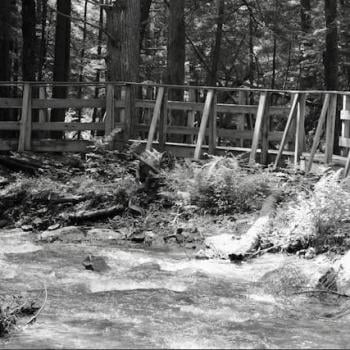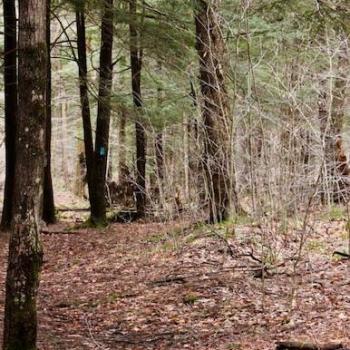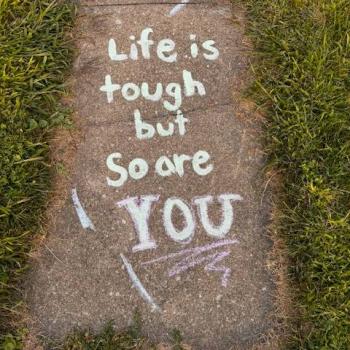Opening Thoughts
In this post exploring the spiritual practice of YOU, I want to look at how we can lessen the pressure anxiety has on us through practices of peace, attention and wonder. As I have written before, I am an outpatient mental health therapist in the State of Pennsylvania and have spent the last twenty-five years working in some capacity with people dealing with spiritual anxiety and generalized anxiety and its many manifestations.
Anxiety is big business, and everyone has an idea on how to manage it, from creams, to lotions, to oils, to mindfulness to therapy, everyone has a cure. But the reality is that anxiety is best managed when we stop fighting it, recognize it and learn to work with it. Experiencing anxiety is common and considered a natural response. Problems with anxiety can arise when anxious thoughts become overwhelming or difficult to control.
Understanding Anxiety: A Spiritual Perspective
I teach my clients that anxiety is a normal experience that has for a plethora of reasons, gone off the rails and has become a problem. In the church, anxiety arises not as a failure of faith but rather a rigidity to a given belief. In both experiences, when experienced poorly and pathologically, anxiety can disconnect us from ourselves at the present moment.
Life is full of woulda, shoulda’s and coulda’s, and we can never get those moments back. As a therapist, I deal with these moments all the time. Of course, some of this is what we call big T trauma and are unimaginably horrible and can rob a person of the sense of self and leave deep, lasting scars.
Looking at anxiety from a spiritual perspective challenges us to recognize anxiety as more than a clinical diagnosis allows us to engage with it on a deeper, human level—one that acknowledges its power to pull us away from our inner selves and the present. Rather than viewing anxiety as an adversary to be conquered, we can see it as a signal inviting us to reconnect, to turn inward and cultivate practices that foster peace, grounded attention, presence, and wonder.
The Practice of Peace
Is peace achievable? Probably not in the sense that would all like to be. Cultivating spiritual peace is probably at some level more attainable. I was reading about stress the other day and the article was talking about how athletes and individuals who engage in high stress activities and occupations tend towards being calmer when things go wrong. In these cases, and in my personal experience as a long-distance runner, stress inoculation becomes a huge tool in the toolbox when planning for a race or distance event.
In his book, “Peace is Every Step”, the Buddhist Monk, Thich Nhat Hahn teaches us “how to make positive use of the very situations in our daily life that usually pressure and antagonize us. The most profound satisfactions, the deepest feelings of joy and completeness lie as close at hand as our next conscious breath and the smile we can form right now. For him a ringing telephone can be a signal to call us back to our true selves. Dirty dishes, red lights, and traffic jams are spiritual friends on the path to “mindfulness”—the process of keeping our consciousness alive to our present experience and reality” (Plum Village).
Spiritual peace then is a state of inner calm and well-being that arises from a connection to one’s spiritual beliefs or practices. It often involves feelings of completeness and wholeness, and can be cultivated through practices like meditation, mindfulness, and compassion towards oneself and others. We can cultivate this state though practices of prayer, meditations and for me, long still walks in nature (stillness).
In the race example above, I use many of these techniques especially the practice of visualization to imagine hard parts of the race or even creating conditions in training that mimic or create problems I may face on race day. In doing this, I am prepared for the pressures the day may bring.
In the same way, I visualize my day while I am working out in the morning, thinking of the discussions I will have, the clients I will work with and I address them all by name and ask for God’s blessings on them and for me to be the instrument God needs me to be to help these individuals.
Attending to Attention
Attention “is also known as mindfulness, awareness, concentration, recollection. We must stay alert, or we risk missing critical elements of the spiritual life — moments of grace, opportunities for gratitude, evidence of our connections to others, signs of the presence of Spirit.”
As a tool, attention is one of the primary strategies I teach clients to learn to be aware of their anxiety. I ask them how it shows up, where it shows up and why it shows up. In the process of looking, exploring and educating, attention teaches the client about their anxiety. I often teach my client to befriend their anxiety so when it does show up, they can direct is as a friend. In being attentive to the anxiety, our worry shifts away from the narrative that is running in our mind.
Being Present: The Art of Now
The words “be here now” echo in my brain as I think of the spirtual practice of being present. When we ground ourselves in the present moment, we tangibly connect to the world around us and ourselves. When we tether ourselves to the presence of God in all things, we too find a guide and comfort in our discomfort.
In anxiety work, we are often exploring the burden of the past and the fear of the future. From this vantage point—where we acknowledge the shadows cast by both memory and anticipation—emerges an opportunity to intentionally cultivate presence as our spiritual anchor. Through grounding practices such as tuning into our immediate senses or recording small gratitudes in a journal, we can loosen anxiety’s grip and reclaim moments of stillness and clarity.
Cultivating Wonder: Rediscovering Awe
Wonder can be regarded as a spiritual practice. Observing children, not in the sense of disruptive behavior, but through their natural curiosity and engagement, can be both captivating and meditative. Children exhibit a relentless inquisitiveness—posing questions, exploring their environment, and interacting with everything around them. Recently, I spent time with a five-month-old who gazed intently at my face, studying each detail. These experiences contribute significantly to how children learn about and interpret their world.
Anxiety, especially anxiety borne out of trauma robs us of our experience of wonder. There is no emotional space for wonder, the unknown is unpredictable and scary. As you sit with a therapist, especially in my approach, one can reassociate with the practice of wonder. In doing so, one can reframe their relationship with the unknown.
Integrating the Practices: A Holistic Approach
In closing, here in this post, we looked at connecting peace, attention, presence, and wonder as a unified path. Every day must be engaged in developing simple daily rituals for ongoing support. In our lives, we must counter anxiety by embracing a gentler more wonder filled life despite all these anxieties. By approaching anxiety with curiosity rather than resistance, we allow space for grace to emerge and for healing to unfold in the cracks of ordinary life. It is in these mindful, wonder-filled moments—be they small acts of kindness, a pause to notice the breath, or the willingness to see the world anew—that we begin to reclaim our sense of peace, weaving together the threads of attention and spiritual presence into a tapestry of gentle hope.












